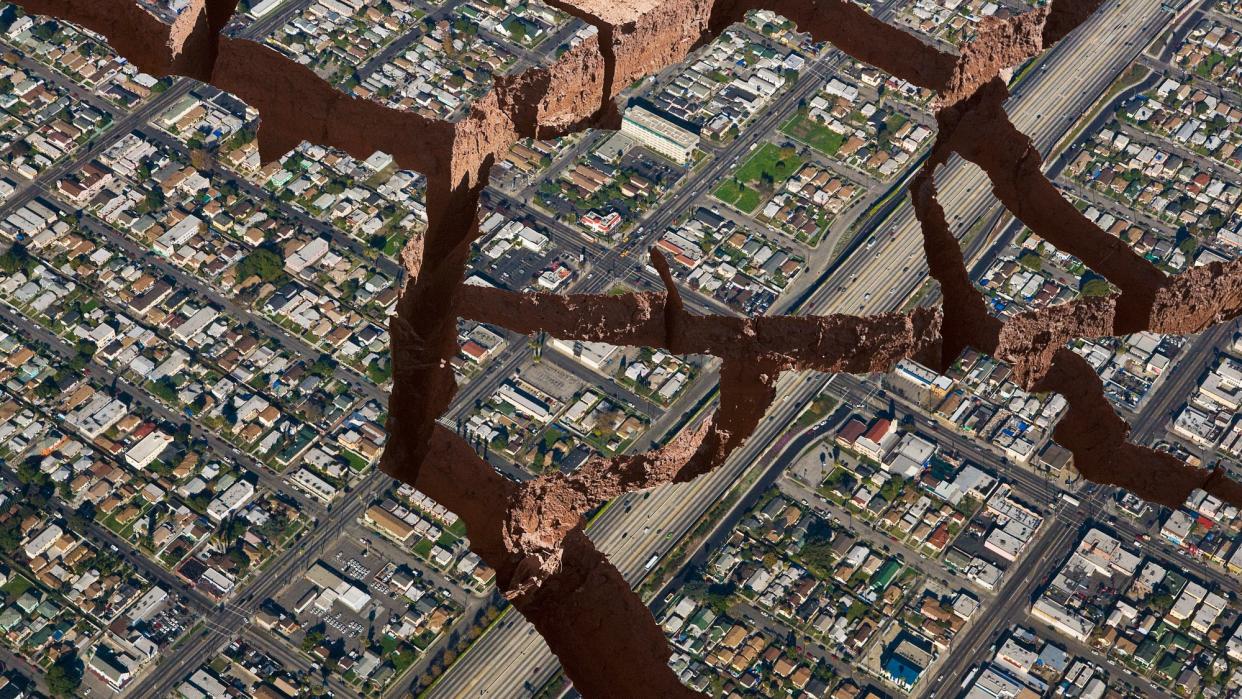New data could help prepare for 'the Big One'

The Pacific Northwest is at risk for a mega-earthquake because of the Cascadia Subduction Zone. The region is primed for powerful quakes, with a particularly strong one called the Big One happening every few hundred years. It has been more than 300 years since the last Big One; scientists are preparing for the likely possibility of another coming in the future. And the data from a new study might help the region better prepare for when a huge earthquake strikes.
What is 'the Big One'?
Scientists have long warned of the potential for a high-magnitude and catastrophic earthquake to affect the Pacific Northwest possibly any day now. "Averaged over time, big quakes (about a magnitude 8 or larger) in the region have occurred approximately every 230 years, while the even larger ones (magnitude 9 and above) have happened about every 500 years," said Popular Science. "We're at more than 324 years since the last one." The risk comes from the Cascadia Subduction Zone, which is a fault line that spans approximately 600 miles from southern British Columbia to Northern California. A subduction zone is where tectonic plates slide on top of each other.
"We have the potential for earthquakes and tsunamis as large as the biggest ones we've experienced on the planet," Harold Tobin, director of the Pacific Northwest Seismic Network and professor at the University of Washington, said to NBC News. "Cascadia seems capable of generating a magnitude 9 or a little smaller or a little bigger." Depending on the magnitude, coastal communities across Oregon and Washington could be severely affected. Earthquakes, though, are notoriously difficult to predict, even with technological advances.
Can locals be prepared?
The good news is that researchers have gathered more data than ever, which could help predict when the Big One will arrive. A study published in the journal Science Advances provides an "unprecedentedly detailed view of the Cascadia [fault]," Erin Wirth, a research geophysicist at the U.S. Geological Survey, said to Popular Science. Using seismic imaging, which "works in an analogous way to radar," Tobin, who is also a co-author of the study, said to Popular Science, scientists were able to create a map of the subduction zone. "The accuracy and this resolution is truly unprecedented. And it's an amazing data set," said Kelin Wang, a research scientist at the Geological Survey of Canada and adjunct professor at the University of Victoria in British Columbia, said to NBC News. "It just allows us to do a better job to assess the risk and have information for the building codes and zoning."
The map of the Cascadia Subduction Zone showed several interesting findings. First, it confirmed a previous theory that "smaller, horizontal faults cut through both the upper and lower plates, splitting the subduction zone into segments," and that "in an earthquake event, any number of these segments might be involved," said Popular Science. "The more that slip at once, the larger the affected region, tremor magnitude and scale of catastrophe is likely to be." The data also showed that segments of one of the tectonic plates in the subduction zone are smooth and flat, making it primed to cause stronger quakes because smoother boundaries make more contact between plates. "We can infer it represents the largest part of the hazard of a future earthquake rupture," Tobin said.
In reality, the Big One "could happen tomorrow — but it could also be literally centuries in the future," said Tobin. However, the new data can play a valuable role in being better prepared for what is to come. "It's like having coke-bottle glasses on, and then you remove the glasses and you have the right prescription," Suzanne Carbotte, a lead author of the paper and marine geophysicist and research professor at the Lamont-Doherty Earth Observatory, said to NBC News. "We had a very fuzzy low-resolution view before."

